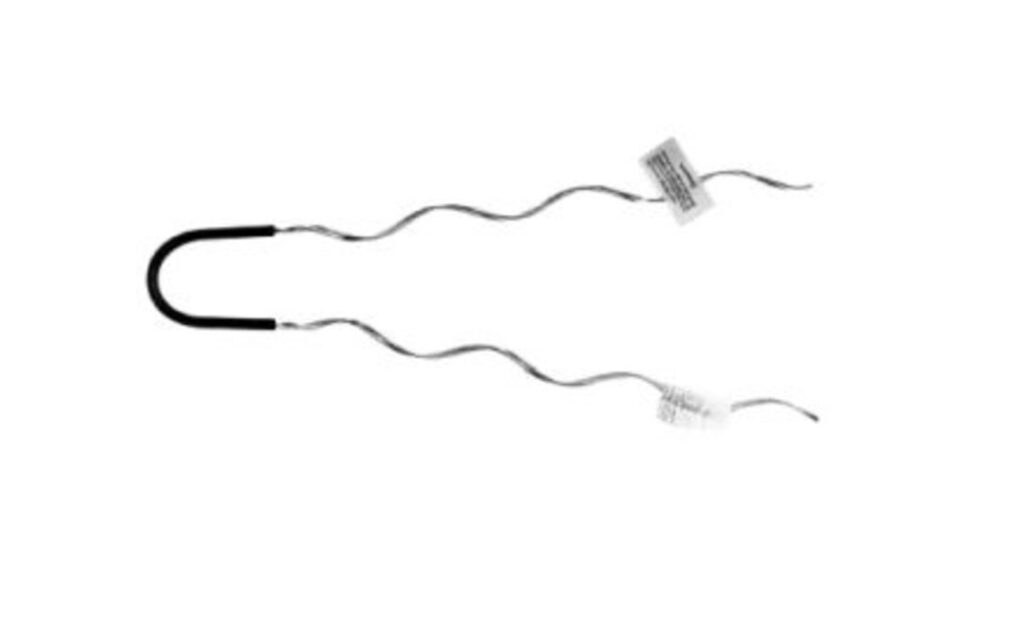
A slack span dead end is a component used in overhead transmission lines. They provide mechanical support and termination for a section of conductor where there is a change in tension or direction. The slack dead end works in areas where there is a need for flexibility in the line. This is due to factors such variations in terrain, river crossings or changes in conductor tension. The main drive of slack span dead end is to allow for movement and adjustment. It adjusts the conductor length, compensating for thermal expansion and contraction. Others include wind-induced movement affect the tension and alignment of the transmission line. The slack span dead end is applicable in specific sections of the transmission line. This to ensure the safe and reliable operations of the overhead transmission lines.
Components of the slack span dead end
The slack span dead end consists of several components working together to provide mechanical support and termination. The components available depend on the design and manufacturer of the slack span dead end. The following are the main components are as follows:
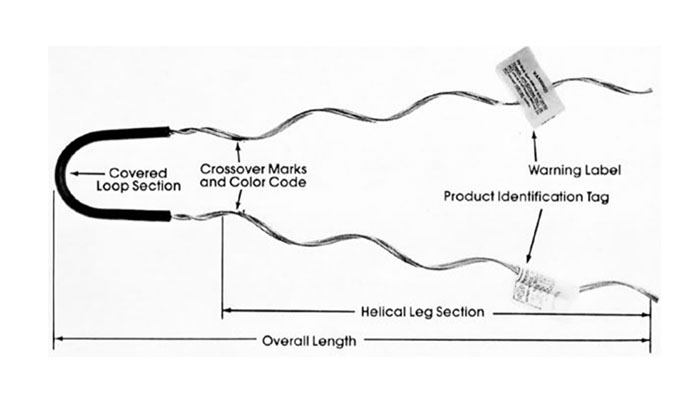
- Dead end clamp – the dead-end clamp helps to secure the conductor at the termination point. Its design grips the conductor securely while allowing for limited movement and adjustment. It may have a gripping mechanism like bolts, wedge-type grips or compression fittings to hold the conductor in place.
- Preformed line products – these are fittings used in overhead transmission lines to provide support and termination. They are often used in slack span dead ends to assist with the termination and adjustment of the conductor. The components may include preformed grips, preformed rods, preformed suspension clamps among others. These fittings that provide the necessary mechanical support and flexibility.
- Insulators – insulators help to electrically isolate the conductor from the sporting structure or ground. They install between the dead-end clamps and the supporting structure. The insulators also prevent electrical current from flowing through the supporting structure.
- Tensioning device – a tensioning device allows for adjustment of the tension in the conductor. This is to achieve the desired tension or to compensate for changes in temperature or line conditions.
- Suspension hardware – suspension hardware in slack span dead end to provide additional support and stability. They install near the termination point to assist in distributing the tension and maintaining proper align the conductor.
- Guy wire attachment – slack span dead end may include provision for attaching guy wires. This is provides extra vsupport and help manage the mechanical loads on the conductor and supporting structures.
Types of slack span dead ends
There are different types of slack span dead ends in the market available for selection. The specific type of slack span selected depends on factors depend on the line configuration, conductor types and the desired level of flexibility and adjustment. The following are the common types of slack span dead end.
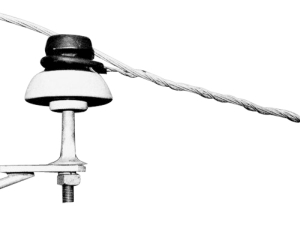
- Wedge dead end – this type of dead end uses a wedge-shaped grip to secure the conductor. They help to provide reliable grip on the conductor while allowing for limited movement and adjustment. The wedge is typically inserted into the grip and tightened, creating a secure and adjustable termination point.
- Bolted dead end – bolted dead end use bolts or screws to secure the conductor at the termination point. It consists of a clamp or plate tightened around the conductor. This offers flexibilities in adjustment and are suitable for a wide range of conductor sizes.
- Combination dead end – combination dead ends combine multiple features or mechanisms. They provide enhanced termination and adjustment capabilities.
- Compression dead end – compression dead ends use a compression fitting to secure the secure the conductor made of high-strength. It involves compressing a sleeve or ferule around the conductor, providing a secure and adjustable termination.
- Preformed dead end – preformed dead ends are fittings made of preformed metal rods or grips. They provide termination and support for conductors. They ease the installation of installation and adjustability.
- Swivel dead end – swivel dead ends allow for rotation and movement of the conductor at the termination point. They consist of a swiveling mechanism that allows for conductor to move in response to changes in tension or alignment.
Applications of slack dead ends
Slack span is essential in overhead transmission lines that enable flexibility, adjustment and termination. They help in maintaining the mechanical integrity, tension control and overall reliability of the transmission.
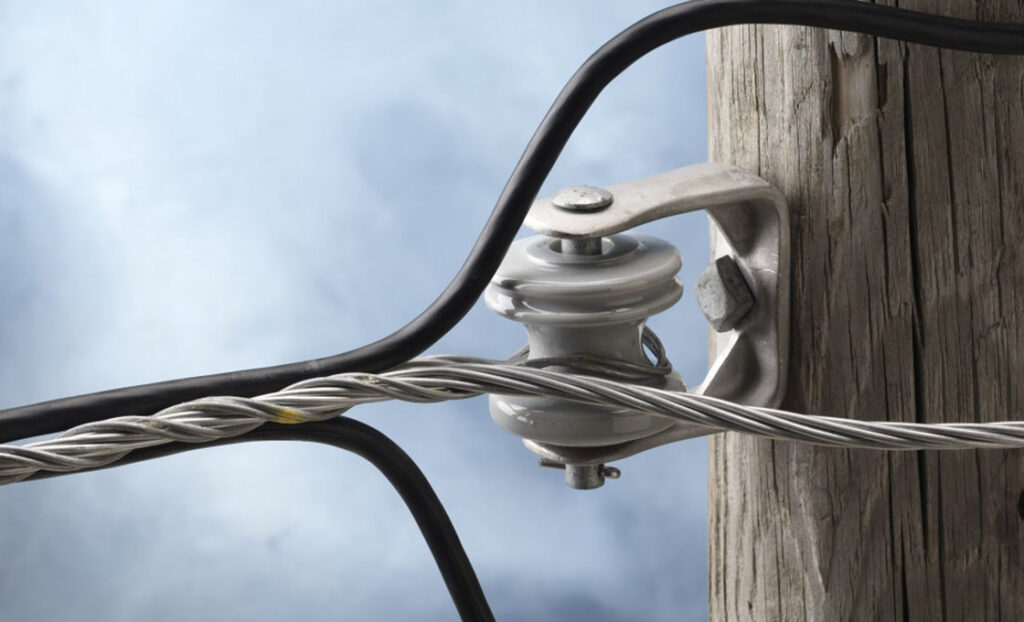
- Changes in line direction – slack span dead ends work at points where there is a change in line direction. They also allow for termination and adjustment of the conductor to accommodate the change in alignment.
- River crossings – slack span dead ends work where the transmission line needs to cross a river or waterbody. This is to provide the necessary termination points to anchor the conductor. This also allows for adjustment to accommodate the sag and tension variations.
- Changes in tension – slack span dead ends are essential in areas where there is significant change tension along the transmission line. They allow for adjustment of tension to maintain optimal line performance and reliability.
- Span length adjustment – slack span dead ends help to provide flexibility in adjusting the conductor length. This this allows for proper sag and tension control which is crucial for maintaining the mechanical integrity and electrical performance of the line.
- Temperature compensation – slack span dead ends help to compensate for the thermal expansion and contraction of conductors. This is due to temperature fluctuations. This helps prevent damage to the conductor and maintains the desired tension levels.
- Line maintenance and repair – slack span dead ends facilitate easier access for maintenance and repair activities. This provides termination points where the conductor can be securely fastened and easily accessed or inspections, conductor replacement or adjustments.
Installation of slack span dead end
The installation process of the slack span dead ends varies depending on the design and requirement of the application. It is advisable to consult with the manufacturer’s instructions and follow industry best practices during the installation process. Also, adhere to safety guidelines and local regulations is essential. This is to ensure a proper and reliable installation of the slack span dead end in the overhead transmission line. The installation process is as follows:
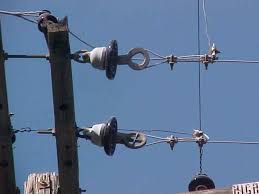
- Assess the line configuration, conductor type and size. This is by determining the locations where the slack span dead ends are necessary.
- Identify the specific location along the transmission line where the slack span dead end will install.
- Ensure that the supporting structure is properly prepared to receive the slack span dead end. It should be able to withstand mechanical loads and stresses exerted by the dead end and conductor.
- Install the dead-end clamp onto the supporting structure following the manufacturers. This ensures that the clamp is securely fastened and aligned with the conductor.
- Attach the conductor to the dead-end clamp which involves threading the conductor the grip or compression fitting of the dead-end clamp.
- Adjust the tension in the conductor using a tensioning device following the recommended tensioning guidelines provided by the manufacturer. This helps maintain the desired sag and tension levels in the transmission lines.
- Install insulators between the dead-end clamp and the supporting structure. This is to ensure safe and reliable operation of the transmission line.
- Perform visual inspections to ensure that all components are properly installed, aligned and electrical isolation of the conductor.
- Document the installation details including location, date and any relevant observations or measurements.
Selecting the best slack dead ends
There are various types and designs available in the market that can make it hard to make an informed decision for your application. It is advisable to consult with manufacturers and suppliers in the industry to provide guidance on the selection. Below are some factors to consider when selecting the best slack span dead end.
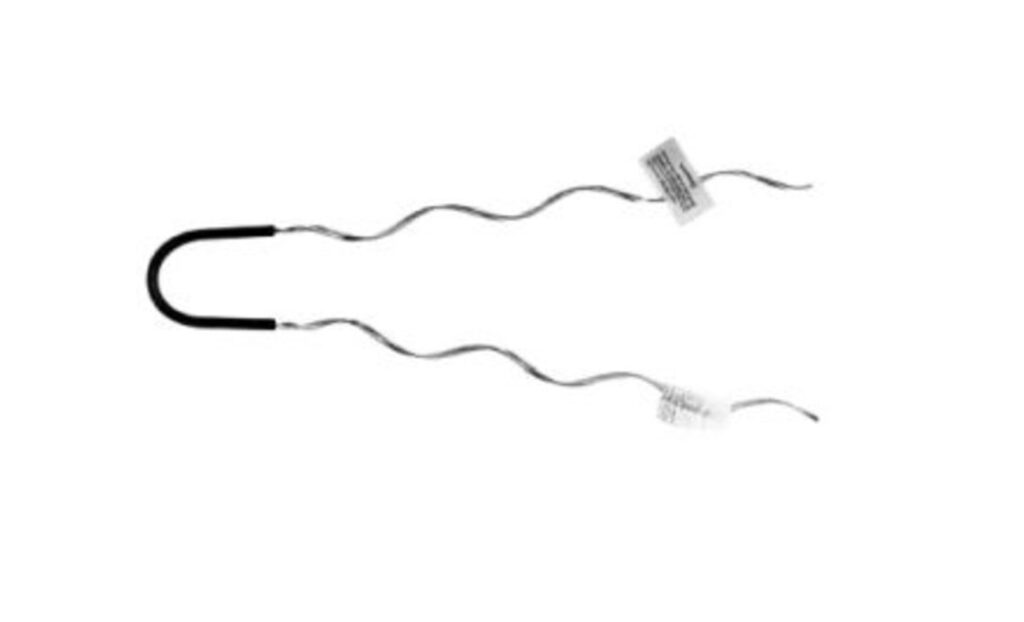
- Evaluate the cost effectiveness of the slack span dead end. Consider the initial cost, installation expenses and long-term maintenance requirements.
- Ensure that the slack span dead end selected complies with relevant industry standards, regulations and safety guidelines.
- Assess the installation and maintenance requirements of the slack span dead end. It should offer ease of installation and require minimal maintenance.
- Evaluate the reliability and durability of the slack span dead end with other accessories and components in the transmission line.
- Assess the level of flexibility and adjustment required in the transmission line. Ensure that you choose a dead end that can accommodate the desired range of movement and adjustment.
- Consider the expected mechanical loads and stresses on the slack span dead end. This is by ensuring the chosen dead end has the load capacity to handle the anticipated forces.
- Evaluate the specific configuration of the transmission line including the conductor type, size and tension requirements.
Frequently asked questions
This is a component used to provide mechanical support and termination for a section of conductor. This is where there is a change in tension direction. They allow for movement and adjustment in the conductor length.
The key features of the slack pan include flexible termination, tension adjustment, line alignment, expansion and contraction and maintenance and repair.
Slack pan offer several benefits that make them a popular choice in transmission industreies. These include flexibility and adjustment, stress and strain reduction, thermal expansion compensation, versatility and adaptability, load redistribution and enhanced safety.
They also have various limitations to consider before selecting for your application. These include limited range of movement, increased conductor stress concentration, potential for vibrations and oscillations, increased maintenance requirements, cost considerations and compatibility challenges.